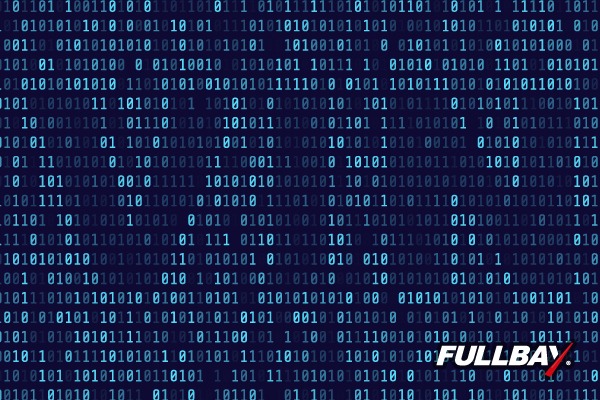VIN Decoder: Cracking the VIN Code

On the surface, the letters and numbers in a Vehicle Identification Number (VIN) seem like a jumble of information at best, and strange automotive sorcery at worst. But to a vehicle manufacturer, fleet manager, or technician, a VIN is a birth certificate, thumbprint, and partial family tree for the vehicle in question.
“But Fullbay,” you’re asking, “how does it do that?”
Someone trained in the fine art of deciphering a VIN can look at one and tell you where a truck was made, who manufactured it, and when it rolled off the line. That’s incredibly useful information to have when you’re getting started on maintenance or repairs.
What’s in a VIN?
So what exactly is in a VIN, anyway?
Let’s break it down a little bit. VINs first made their appearance in 1954, and while they were perceived as useful, there was no regulation. It was the Wild West of maintenance; techs, salespeople, and insurance agents all had to know how to read multiple types of VINs. They were finally standardized in 1981, which made life much easier for everyone involved.
Every automotive vehicle since then has had one, though of course for our purposes we’re zeroing in on heavy-duty trucks.
When a technician looks at a VIN, they can see where the vehicle was manufactured and by whom – they can even tell you what assembly plant put it together! By defining how the truck operates, these letters and numbers also tell a good tech what kind of parts a particular truck will need.
But what does it mean?
Most VINs are 17 characters long and contain letters as well as numbers.
Sometimes the old ways are best – it never hurts to know how to read a VIN on your own, in case the internet goes out one day or you just need something to help you fall asleep.
Here’s how to interpret a VIN:
1st Character: Country of origin. 1 and 4 signify the United States. Canada is 2 and Mexico is 3. Sometimes it’s a letter. If you see “J,” your vehicle was made in Japan.
2nd Character: Manufacturer. This identifies who built the truck.
3rd Character: Division of origin or type of vehicle. This character tells you what kind of truck it is or the manufacturing branch that built it.
4th Through 8th Characters: Physical attributes. Engine type, body style, transmission, and so on. These characters are particularly useful for diesel techs.
9th Character: Check digit. This is the number or letter that is entirely unique to your truck – the character that creates its distinctive “thumbprint.”
10th Character: Model year.
11th Character: Assembly plant identification.
12th Through 17th Characters: The truck’s birthday…well, sort of. It’s actually a production number that relates to when the truck came off the assembly line.
The first three characters in a VIN form something called the World Manufacturer Identification. Generally, this means a tech anywhere in the world can look at a VIN and identify that truck’s country of origin.
The Fullbay VIN Decoder
Maybe you don’t want to spend a ton of time puzzling out what a VIN means (and hey, we don’t blame you – wouldn’t you rather have another cup of coffee instead?). Our heavy-duty truck VIN Decoder will help you check out the background of any truck you might be curious about. It deciphers the numbers and gives you a snapshot of the truck’s information. Just type the VIN into the decoder and hit “Submit.”
Go ahead, give it a try!

